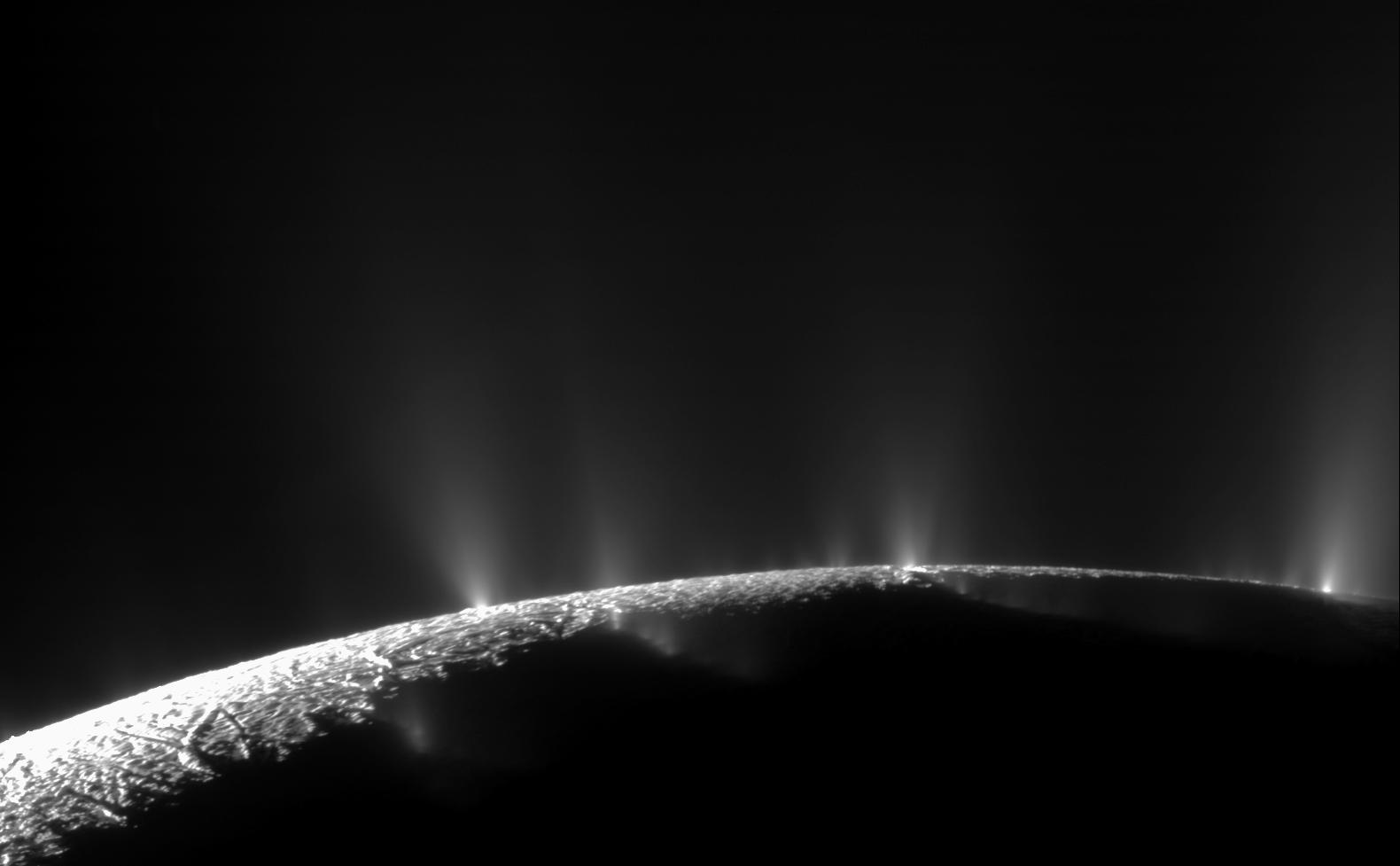3 min read
Todd J. Barber, Cassini lead propulsion engineer
It is with a sense of déjà vu I begin this last column of the prime mission. Exactly four years ago today, the world was preparing for the spectacle of the Summer Olympics. The United States was in the midst of an extended, dynamic presidential campaign. Within this flurry of activity, the Cassini-Huygens spacecraft enjoyed its moment in the international spotlight as it zoomed towards Saturn, poised to become the first artificial satellite of the ringed planet. In similar fashion, as our tireless robotic friend winds up its prime mission, it remains poised for a thrilling two-year odyssey, the Cassini Equinox Mission. Truly, everything old is new again.
Before the breakneck pace of Cassini's first mission extension begins, I thought it would be nice to reflect one last time upon the loftiest of the science highlights during our first four years at Saturn. Cassini's magnetometers and other science instruments helped solve a decades-old mystery about the apparent variability in the length of the Saturnian day. Our observations of Saturn's atmosphere were nothing short of mind blowing, including the discovery of a near-perfect hexagon in Saturn's north polar clouds and the existence of a hurricane-like storm at the opposite pole. Saturnian lightning bolts more than 10,000 times more powerful than terrestrial flashes shocked us, if you'll pardon the pun.
Saturn's rings quite often stole the show as well, with surprising detail and structures. Waves, wakes, and compositional variations highlighted a continuous flood of data from these most recognizable features of the sixth planet. The intricate details of the gravitational hijinks of Prometheus in Saturn's F ring were a particular delight for me as well. Discoveries of new rings, moons, and even the potential for the first-ever ring around a moon (Rhea) garnered headlines, too. With all these discoveries, though, I think my personal favorite may be the vast increase in knowledge about the moons of Saturn. From radar imagery stripping the surface of liquid-laced Titan bare to the revelation that Enceladus spews water ice crystals into space via south polar ice volcanoes, the satellites of Saturn never disappointed in their diversity and beauty. In addition, the culmination of decades of dreaming about a return trip to Titan were realized, gloriously, with the successful flight and landing of ESA's Huygens probe.
It's been quite a ride the last four years, quite literally the journey of a lifetime. Along with the rest of the team, I'm eager to begin the Equniox mission so this journey of jaw-dropping discoveries may continue unabated.







